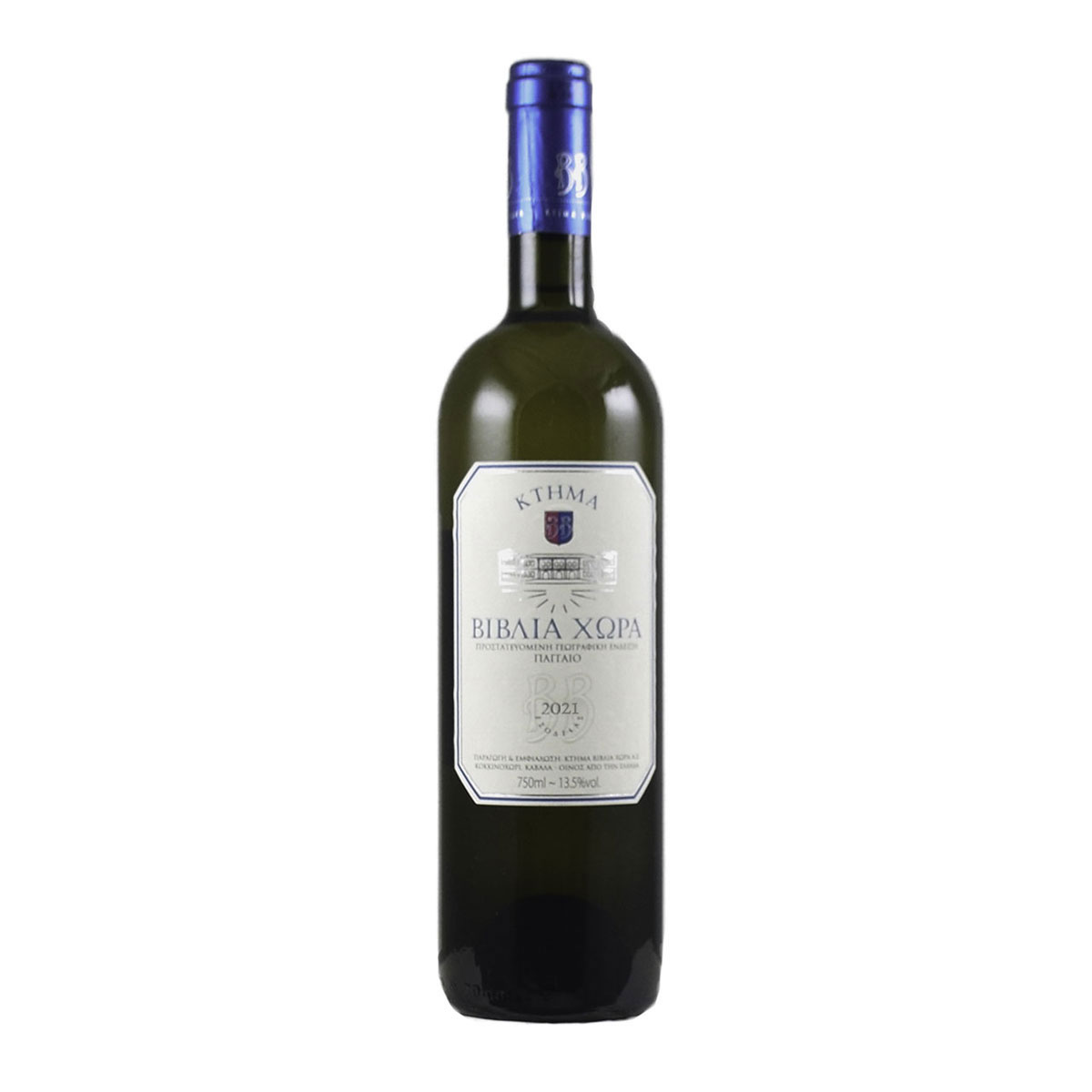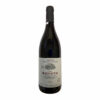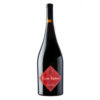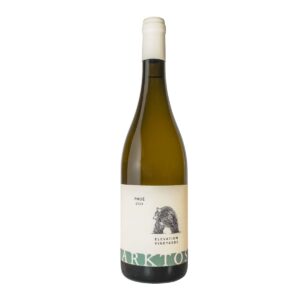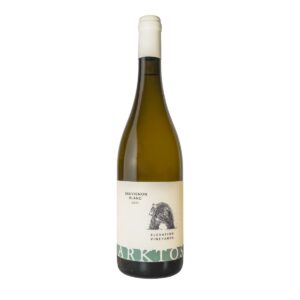The result of marrying the cosmopolitan and aromatic Sauvignon Blanc varietal with our own expansive Assyrtiko.
The juice from the grapes undergoes pre-fermentation maceration for a few hours and is then placed in stainless steel vats to ferment at low temperatures.
It has a pale green-yellow color with stark clarity. Its impressive nose is a bundle of aromas that highlight the character of the varietal.
Intense aromas of tropical fruit and grapefruit alternate with notes of lemony citrus to stimulate the senses. It has a rich, full-bodied, and balanced flavor, with exceptional structure, refreshing acidity, and a big aromatic finish.
Served at 10°C, and consumed preferably within 2 years.
Food pairing fried or grilled fish, seafood platters, green salads with fresh or dried fruit, grilled vegetables, and white cheese platters.

